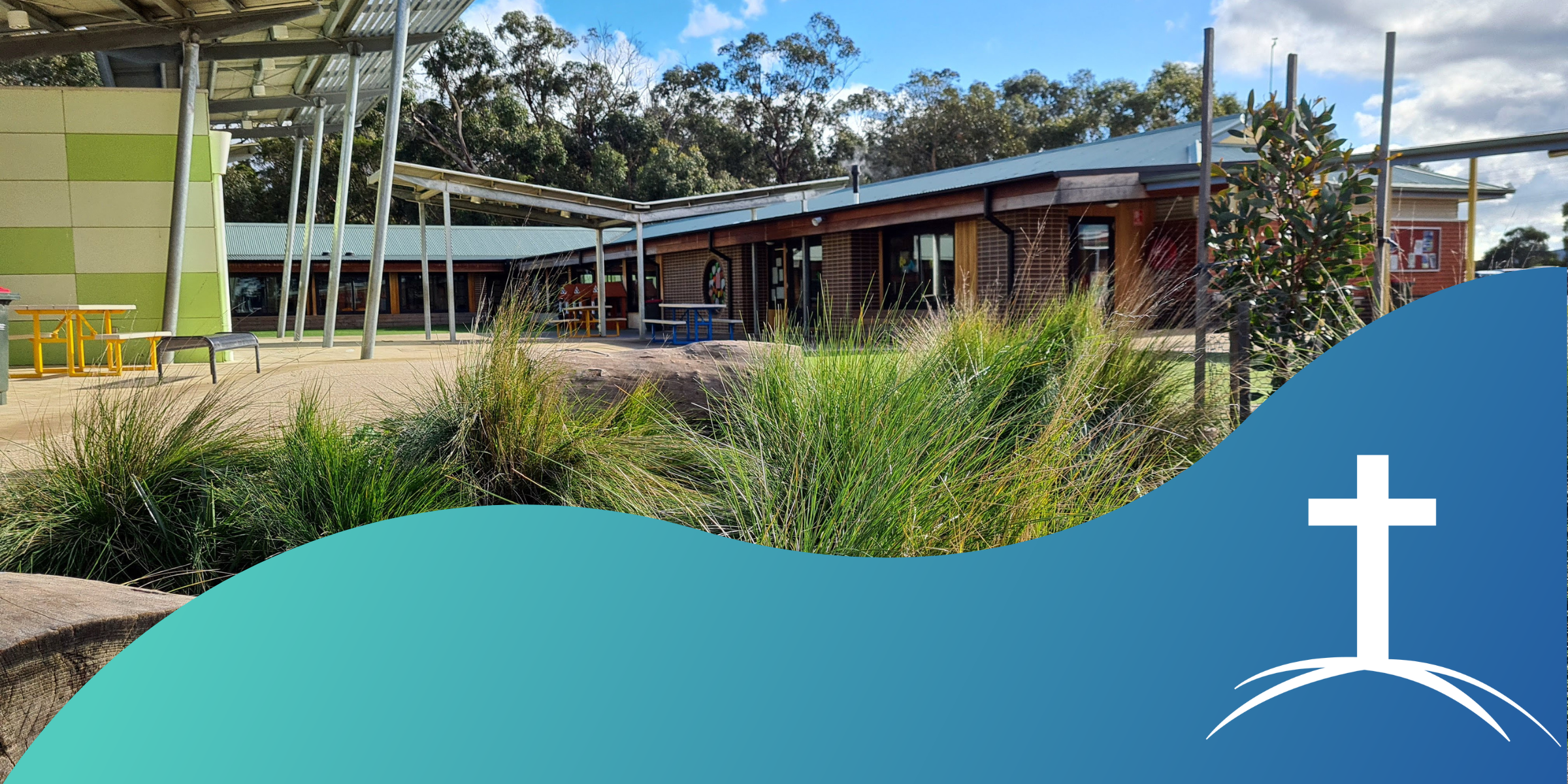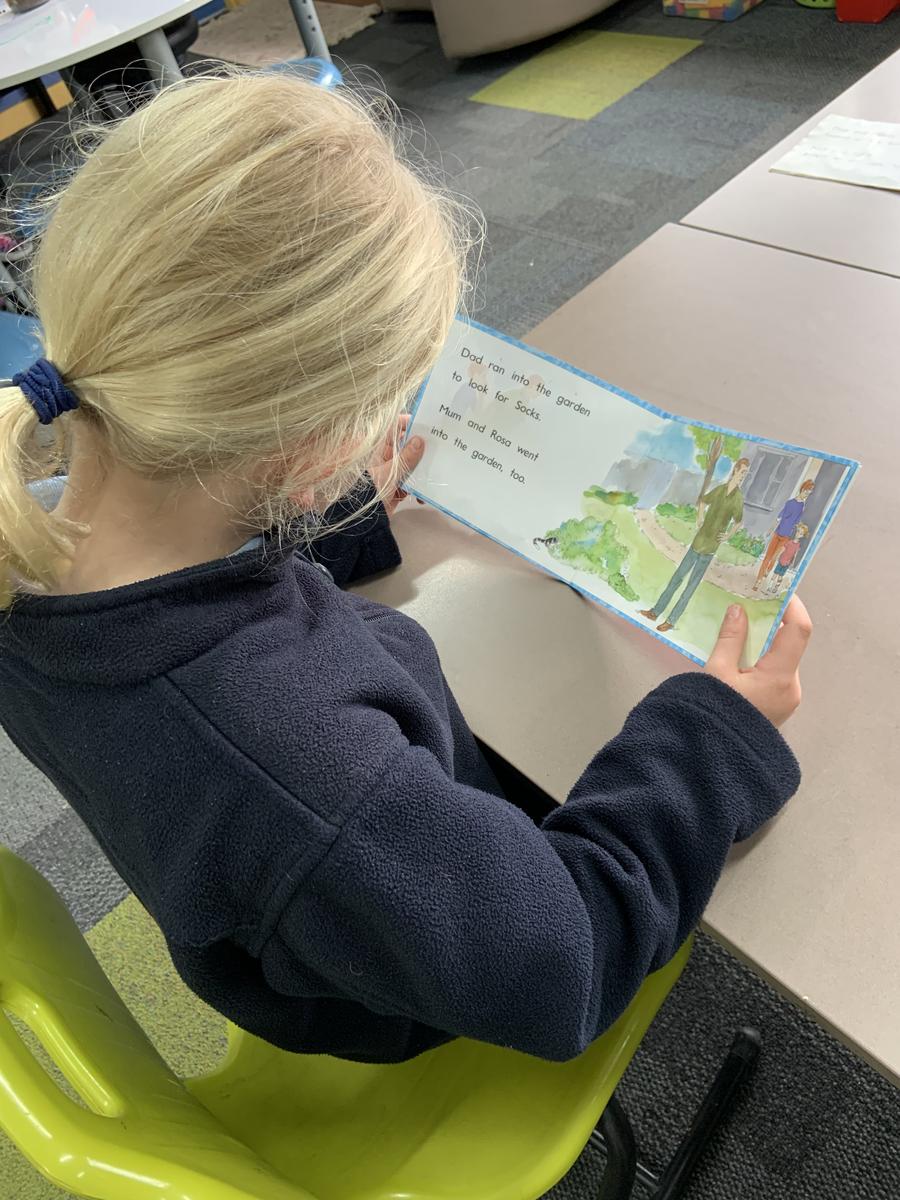Learning & Teaching

Check out these easy activities and games to support your child's learning over the holidays!
The Surprising Benefits of Reading 20 Minutes a Day
It doesn’t matter the genre, reading 20 minutes a day impacts your life…
If you read to your child 20 minutes a day starting in Kindergarten, they will have heard 1.8 million words per year.
By Year 6, your child will have read for 851 hours.
In 1987 a study was conducted by Nagy and Herman. The results were astonishing. For the time commitment of just 20 minutes per day spent reading at home, children scored in the 90th percentile on standardised tests. However, there are tons more benefits of reading, and they go far beyond just test scores...
Building Maths Skills At Home
Play Ladders to consolidate Place Value knowledge
Ladders is an engaging game that helps develop place value skills. It is a quick, fun, and easy-to-play game that requires minimal equipment. All you need are some dice and a piece of paper. You can play individually or in pairs, taking turns to fill the ladder. In the two-player version, the person who fills the last rung on the ladder is the winner. The game can be adjusted to suit all age groups by simply increasing or decreasing the size of the numbers used.
Play Egghead to boost Addition and Subtraction facts
See the attachment for instructions and an Egghead game board.
Play Count Down for a Maths challenge
What you need to play:
- 4 ‘large number’ cards with the numbers 25, 50, 75 and 100 on them
- A set of cards with the digits 1-10 on them, with at least two cards for each number
How to play:
Step 1: Set out 4 large number cards (25, 50, 75 and 100) face down and mixed up.
Step 2: Do the same with the 1 – 10 cards, making sure you have at least 2 cards for each number.
Step 3: Players take it in turns to select one of the big number cards or one of the small number cards, until there are 6 cards laid out all together.
Step 4: Someone who is playing the game needs to generate a 3-digit number. This can be by throwing a dice, or selecting cards from a pile of 0 to 9 cards.
Step 5: Once the number has been generated, turn over the six cards and players have to try and get to that total using any of the six number cards and any of the four operations.
Each card can only be used once and the winner is the first person to reach the total, or the player who is closest after a set length of time.
The game can be adapted for younger children, by choosing the numbers on the cards carefully and having them aiming to reach a 2-digit number, rather than a 3-digit number.


